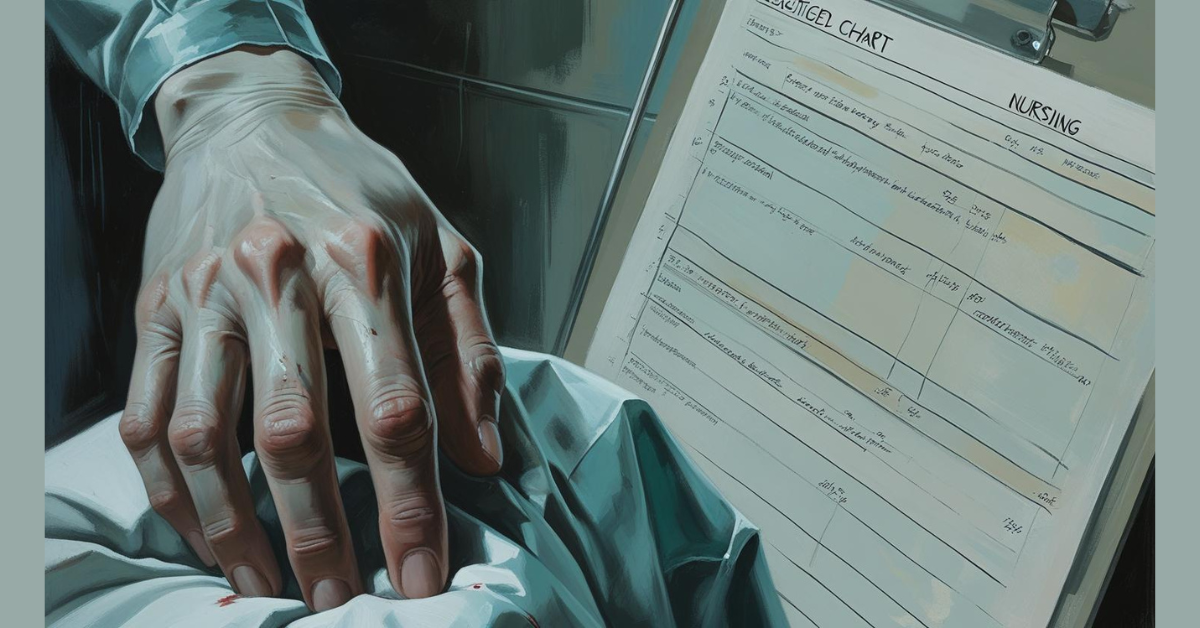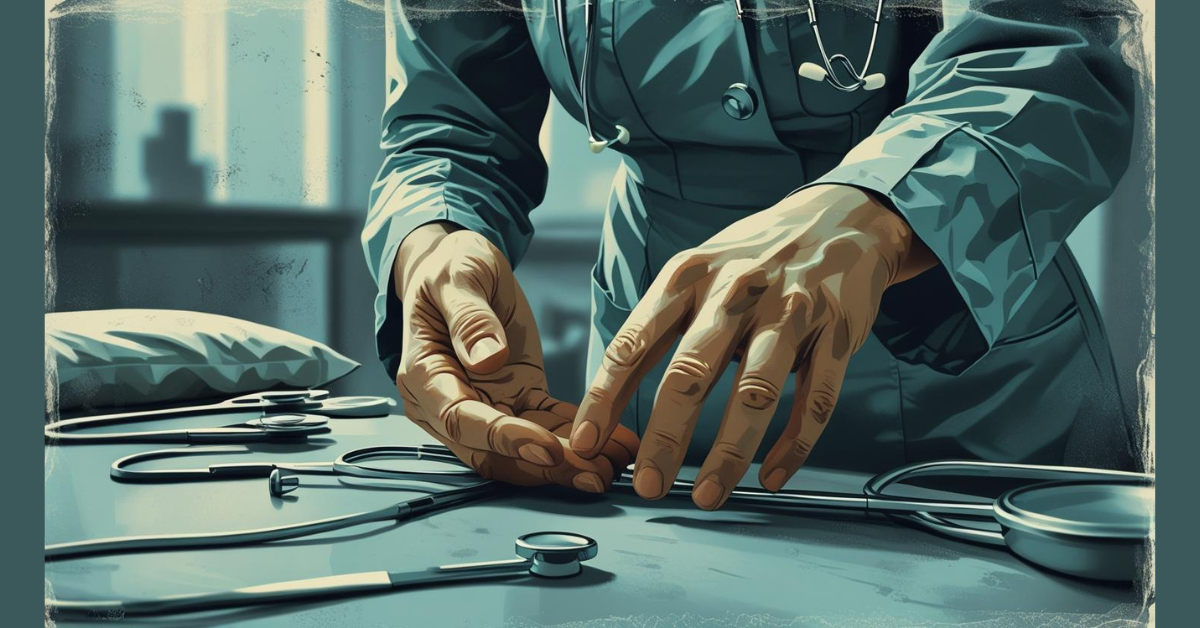What are Negligence and Malpractice Concept In Nursing. Medical malpractice, on the other hand, refers specifically to a failure to meet the standards of care expected in one’s profession, resulting in harm.
The Negligence and Malpractice Concept In Nursing
Negligence and medical malpractice are legal terms that refer to harm caused by a failure to meet a required standard of care. However, medical malpractice is a more specific form of negligence, often associated with professionals such as doctors or lawyers. Negligence is a broad term that refers to someone failing to act with due diligence and thus causing harm.
Negligence and Malpractice
As just mentioned, torts are the most frequent causes of legal action taken against health-care professionals, and, of those, the unintentional torts of negligence and malpractice are the most common. Negligence is a deviation from the standard behavior or actions that an average, prudent person would use in a similar situation.
Although often used interchangeably with negligence, malpractice is a more specific term and addresses a professional standard of care. Malpractice, also known as professional negligence, is a deviation from the standard of care that a reasonably prudent health-care professional would use in a similar situation. In other words, when a nurse is charged with professional negligence, the nurse’s action or lack of action is compared with what another ordinary, reasonable, and prudent nurse would do under the same or similar circumstances.
Elements of Malpractice
Five essential elements must be present for malpractice to be charged (Reisling, 2012):
- Duty owed the patient
- Breach of the duty owed the patient
- Foreseeability of harm
- Causation
- Injury or harm
If one of these elements is missing, the malpractice claim will not be successful.
Duty Owed the Patient
The basis of the duty owed is the nurse-patient relationship, which implies that the patient is dependent on the nurse for safe and quality nursing care. Nurses are obligated to deliver care according to established standards based on the nursing process and that represent the minimum requirement for acceptable nursing practice. For example, a standard of care related to medication administration is to check the patient’s medical record for allergies. When administering medications to patients, nurses have a duty to follow this standard and always check for allergies.
Breach of the Duty Owed the Patient
Nurses must deliver care according to a standard of care that a reasonably prudent nurse under similar circumstances would use. A breach of duty results when care is less than the standard. Using the previous scenario, if a patient is allergic to penicillin and a nurse did not check the patient’s medical record for allergies before administering penicillin, the nurse breached the standard of care and thus the duty owed to the patient.
Foreseeability of Harm
Certain actions can be expected to have specific consequences. A nurse must have knowledge about the standard of care and understand that failure to meet the standard may result in harm or injury. For example, all nurses learn safe medication administration in foundational nursing courses. All nurses know that neglecting to check the medical record for allergies before administering a medication could result in harm to a patient.
Causation
Any injury that occurs is directly a result of the breach of duty owed to the patient. In other words, the failure to meet the standard of care by action or lack of action caused harm or injury to the patient. If the patient in the scenario develops an allergic reaction after the nurse administers the penicillin, there is a cause-and-effect relationship between failure to check allergies on the medical record and the resultant allergic reaction.
Injury or Harm
Some type of physical injury must result from the breach of duty. Administration by the nurse of penicillin to the patient who is allergic could have several sequelae:
- Nothing happens, and therefore the five elements of malpractice are not present.
- The patient develops a mild allergic reaction that is not severe and recovers without incident. Again, the five elements of malpractice are not present.
- The patient develops anaphylactic shock and dies. In this case, all elements of malpractice are present, and the nurse is liable for malpractice.
Major Categories of Malpractice
Malpractice suits against nurses have increased since 2000 (Reisling, 2012). Research indicates that six common categories of nursing practice have the potential for negligence and possible malpractice (Croke, 2003):
- Failure to assess and monitor
- Failure to follow standards of care
- Failure to communicate
- Failure to document
- Failure to act as a patient advocate
- Failure to use equipment in a responsible manner
Failing to perform these actions can constitute negligence if the required elements are present.
Failure to Assess and Monitor
The ANA resource, Nursing: Scope and Standards of Practice, describes a competent level of nursing practice and professional performance common to all registered nurses in all settings regardless of role—in other words, the minimum requirement for acceptable nursing practice. According to these standards, “The registered nurse collects pertinent data and information relative to the health-care consumer’s health or situation” (ANA, 2015b, p. 53).
Nurses must be accurate in assessing, monitoring, and reporting changes in health status. Failure to complete a shift assessment, implement a plan of care, observe a patient’s progress, or accurately interpret a patient’s signs and symptoms can be considered negligence.
Failure to Follow Standards of Care
The ANA standards are “authoritative statements of the duties that all registered nurses, regardless of role, population, or specialty are expected to perform competently” (ANA, 2015b, p. 51). Nurses must be knowledgeable about their state’s NPA and standards of care, hospital policies and procedures, and institution’s standardized protocols. Failure to follow standards of care or hospital policies can be considered negligence. Violating the state NPA can also have legal implications.
Failure to Communicate
According to the ANA (2015b) standards, “The registered nurse communicates effectively in all areas of practice” (p. 71). Nurses must communicate effectively the nature and degree of any changes in a patient’s progress. Failure to listen to a patient and act on his or her concerns or failure to ensure effective teaching of self-care or discharge instructions to a patient can be considered negligence.
Failure to Document
Documentation is a critical competency for quality and safe nursing practice and is related to all ANA standards of practice (ANA, 2015b). Documentation must accurately reflect the nursing process. Failure to document pertinent assessment information or a patient’s response to nursing interventions can be considered negligence.
Failure to Act as a Patient Advocate
Advocacy is a fundamental aspect of professional nursing practice and is related to all ANA standards of practice (ANA, 2015b). Nurses at all levels are patient advocates, and as such they must support and promote patient rights. Failure to act on incompetent practice, question illegible medical orders, or provide a safe environment for patients can be considered negligence.
Similarly, the nurse leaders and managers must support and promote nurses’ rights. Failure to advocate for their staff members to ensure they have adequate resources, a culture of safety, and a healthy workplace to provide safe and quality care can be considered negligence.
Failure to Use Equipment in a Responsible Manner
Patient safety is a priority in health care today. Nurses are responsible for coordinating and implementing plans of care in accordance with patient safety goals. Nurses must know how equipment functions, follow manufacturer’s guidelines for operation, check the equipment for safety before use, and place equipment properly during treatment.
There is no substitute for nursing knowledge and skill. Therefore, nurses remain “accountable for their practice even in instances of system of equipment technology failures” (ANA, 2015a, p.16). Failure to handle equipment in a safe manner can be considered negligence.
Expert Witnesses
In nursing negligence cases, the federal court and all state courts in the United States require expert nurse witnesses designated by the prosecution and the defense to establish the standard of care (Myers & Boutier, 2011). The role of the nurse expert witness is to help educate the jury regarding the nurse’s actions in the particular case and the applicable standard of care (Brent, 2001). Three factors are critical to selecting the best nurse expert witness: The nurse expert must have the necessary qualifications, must have experience testifying in the role, and must be able to testify accurately and with confidence.
Read More:
https://nurseseducator.com/didactic-and-dialectic-teaching-rationale-for-team-based-learning/
https://nurseseducator.com/high-fidelity-simulation-use-in-nursing-education/
First NCLEX Exam Center In Pakistan From Lahore (Mall of Lahore) to the Global Nursing
Categories of Journals: W, X, Y and Z Category Journal In Nursing Education
AI in Healthcare Content Creation: A Double-Edged Sword and Scary
Social Links:
https://www.facebook.com/nurseseducator/
https://www.instagram.com/nurseseducator/
https://www.pinterest.com/NursesEducator/
https://www.linkedin.com/in/nurseseducator/
https://www.researchgate.net/profile/Afza-Lal-Din
https://scholar.google.com/citations?hl=en&user=F0XY9vQAAAAJ



I really wanted to jot down a brief message to be able to appreciate you for the superb ideas you are writing at this website. My extended internet investigation has now been rewarded with pleasant facts and strategies to exchange with my classmates and friends. I would assert that we readers are undoubtedly lucky to exist in a remarkable community with very many lovely professionals with valuable things. I feel somewhat happy to have come across the web pages and look forward to some more exciting minutes reading here. Thanks a lot again for all the details.